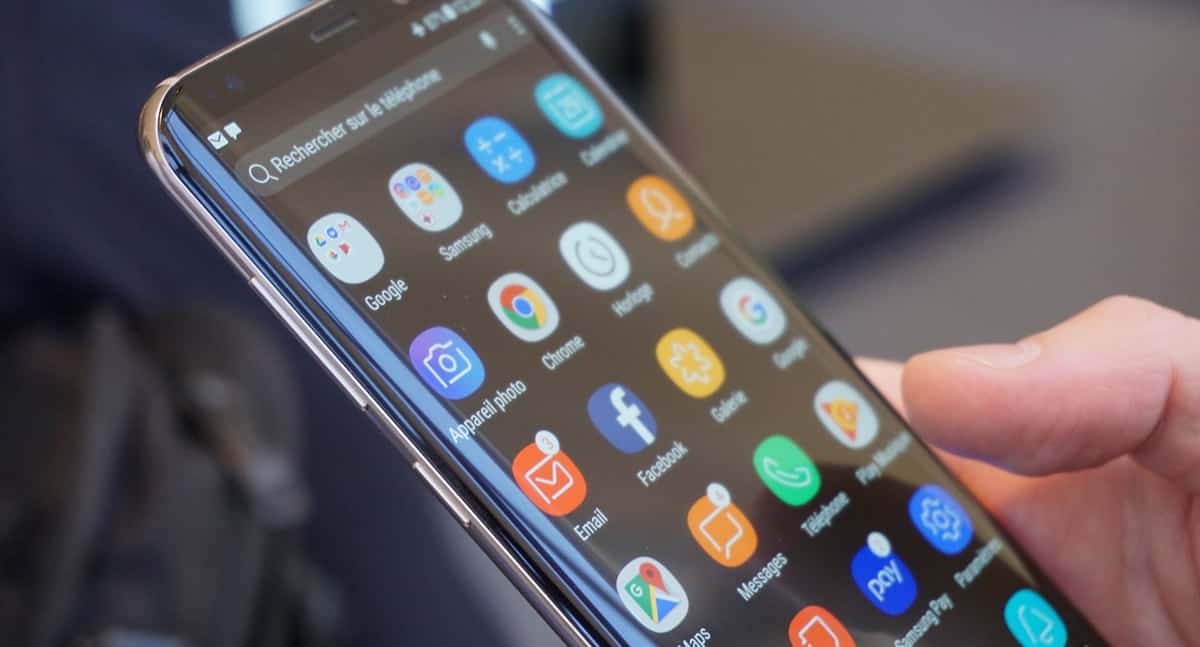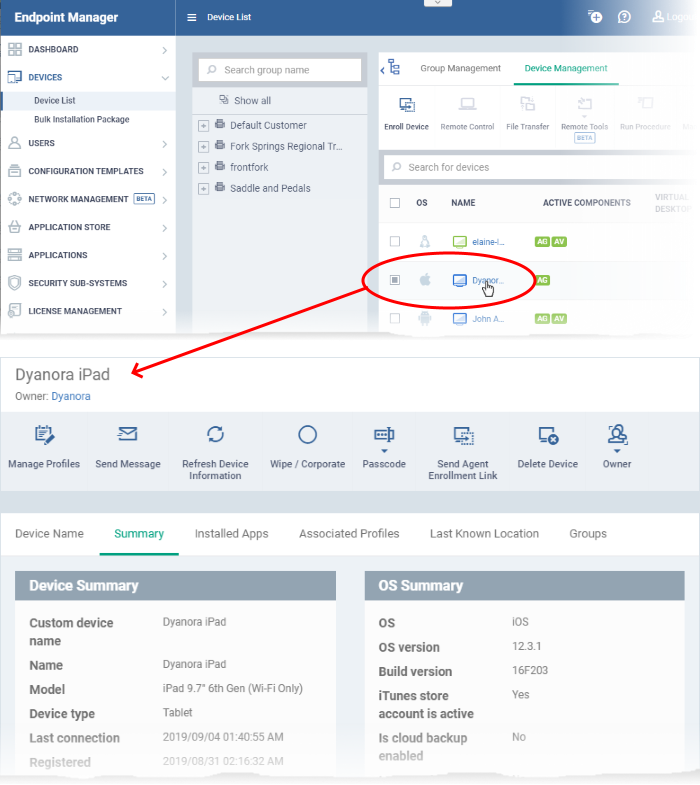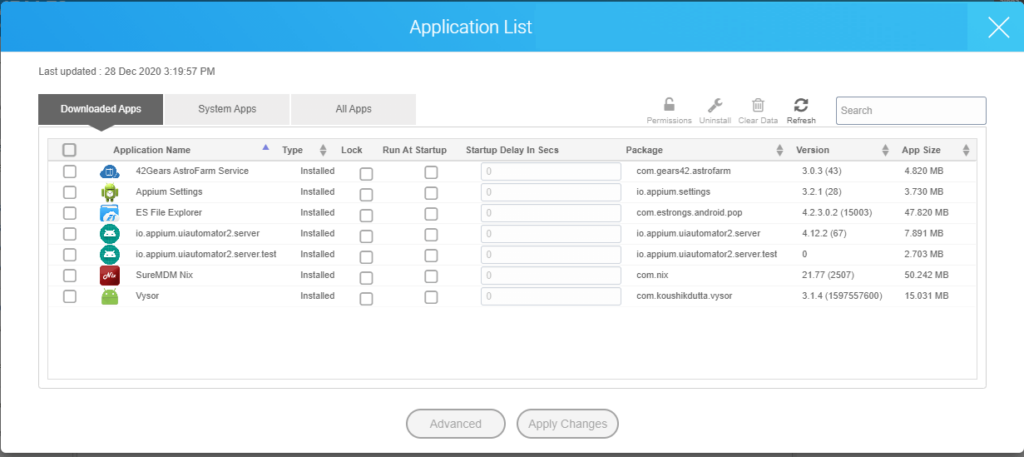
- #Manage apps and devices how to#
- #Manage apps and devices install#
- #Manage apps and devices update#
- #Manage apps and devices android#
- #Manage apps and devices download#
Managing apps not only involves distributing the apps to devices, it also includes ensuring the apps remain up to date with all the required updates installed. For example: You have blocklisted the app "twitter", this app has been discovered on few devices as pre-installed app, then this app will be listed on all blocklisted views. Only the apps that you have chosen will be displayed on the views of the Mobile Device Manager console, expect for blocklisted views.Įven if you ignore to manage pre-installed apps, it will still be displayed, if any such app has been blocklisted. By ignoring these two types of apps, you will be able to focus on the apps that are installed by the users. You can choose to ignore the apps that are pre-installed in the device and the apps that are distributed through MDM. You can choose the type of apps, which needs to be managed from here : Mobile Device Manager Console -> Inventory -> Apps -> Settings ->Type of Apps to be managed. You can simplify app management by grouping apps based on installation type. You will have to manage all the apps, which is quite a challenging task.

Managing apps is more complex, since overwhelming number of apps are discovered in the enterprise everyday.
#Manage apps and devices android#
In case you distribute Android apps to the App Catalog instead of silently installing them, the device user can uninstall the distributed apps, which is by default restricted in case of silent installation. Silent installation of Apple apps can be done as explained here.
#Manage apps and devices install#
You can also install Android apps silently without any user intervention as explained here. You can add Android apps in bulk to App Repository, as explained here and Apple apps in bulk, as explained here. You can learn more about app installation in MDM, using the flow chart given below. Another easier alternative to removal of apps is moving apps to Trash. Learn more about app deletion for devices here and for groups here. App updates is similar to app installation, while app deletion is even simpler. Once the installation is initiated, the installation status is updated in near-real time on MDM.

Once distributed, app installation is initiated through the Store, in case of Store app and in case of enterprise apps, the device contacts MDM to initiate installtion. Once done, the apps are ready for distribution. As the name suggests, App Repository contains both Store and Enterprise app, to be distributed to the devices. App Installation Workflowīuilding an App Repository is the first step in managing apps using MDM. You can manage both Store apps as well as Enterprise apps over-the-air(OTA), using MDM.
#Manage apps and devices update#
MDM lets you take complete control of app management - installation, deletion, update and license management. It becomes the foremost task of the IT admins to ensure all the requisite corporate apps are present on the device and are running the latest version, by constantly updating them. With organizations moving to an extensively mobile-only workforce, corporate apps now act as the nucleus to such organizations.

#Manage apps and devices how to#
Find out how to check your device's operating system. Note that larger developers may offer a 'lite' version of the app for older or lower-storage devices.

If you try to install an app that requires a higher operating system than your device, you may not be able to install it or the app may not work effectively if you can. If you have an older device, you will not be able to install apps that need a later operating system or other minimum specifications to work. Bigger and more complex apps will usually need a higher level of operating system in order to run effectively.
#Manage apps and devices download#
If you do download an app from a third-party site, ensure that it is only from a reputable and secure source.Īpp minimum requirements and specificationsĭifferent apps have different minimum requirements to run. If you download an app that is from an unknown source, you will be prompted to allow unknown apps to be installed in your settings. Your Samsung device does not allow automatic download of apps from unknown sources. For security reasons, we recommend that you download apps from a secure and trusted app store like Galaxy Apps or the Play Store on your Samsung device.


 0 kommentar(er)
0 kommentar(er)
